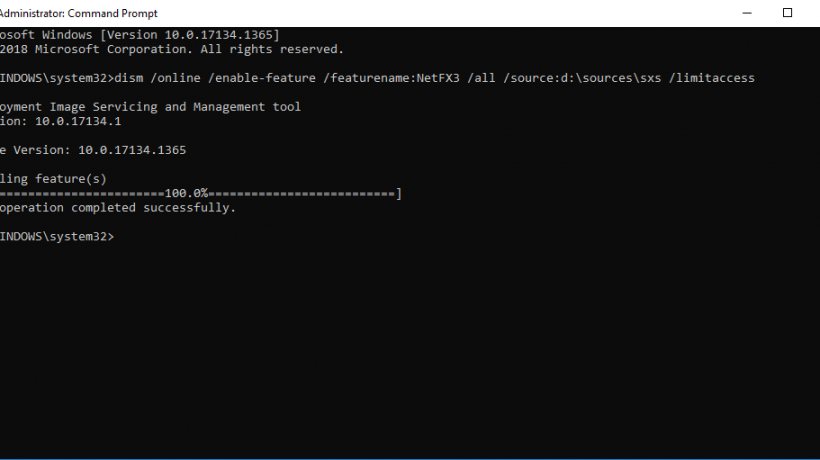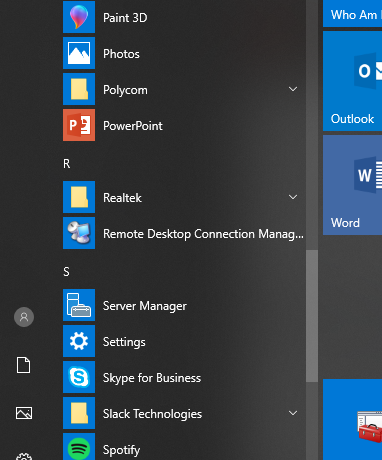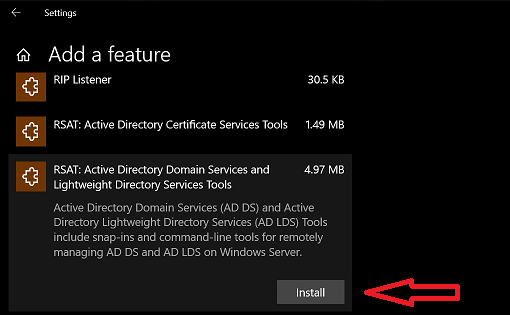Debra Littlejohn Shinder has written a nice article on Microsoft fans, and how they need to stop being afraid and show their excitement for Windows and other Microsoft technologies more. I’ve been a fan of Microsoft for a long time (since early DOS days) and have been very vocal about it. I admit that Microsoft has come up with a few duds at times, or when a Linux server would be better suited for a situation, but Microsoft is a great company with great products.
I agree that there is a general “fad” for people to hate Microsoft, the “Evil Corporation”. But, when you get down to it and see why people think that, and their great alternative differs, you see that Microsoft isn’t really that bad and it’s a blind hate (or dislike).
Microsoft isn’t just Windows. It has a wide range of products designed to help people. From security to phones to word processors (and even car PC’s – Ford Sync). There is a lot to love with Microsoft. But, there is also a bit that isn’t so great. In my opinion, the marketing of Windows Phone 7 sucks (I own and love my HTC Trophy, powered by Windows Phone 7), Vista was a PR disaster (I loved the OS, though), Windows ME was pretty bad (yea, it was), and the Kin… well, Microsoft killed that one.
I keep telling people that it isn’t cool to hate Microsoft anymore. Time to try to stop looking like the cool guy and hating the “evil corporation” and enjoy Microsoft. I do. In my circle of colleagues, we get as excited when Microsoft announces new products like Apple zealots do when Steve Jobs poops out another iPhone.
If you’re a Microsoft fan and you’re constantly getting annoyed because Windows “don’t get no respect,” stop and consider that maybe you’re partly to blame. If you don’t get passionate about your OS – and express that enthusiasm – you can expect the press to continue in its ho-hum responses to the release of new version of Windows.




